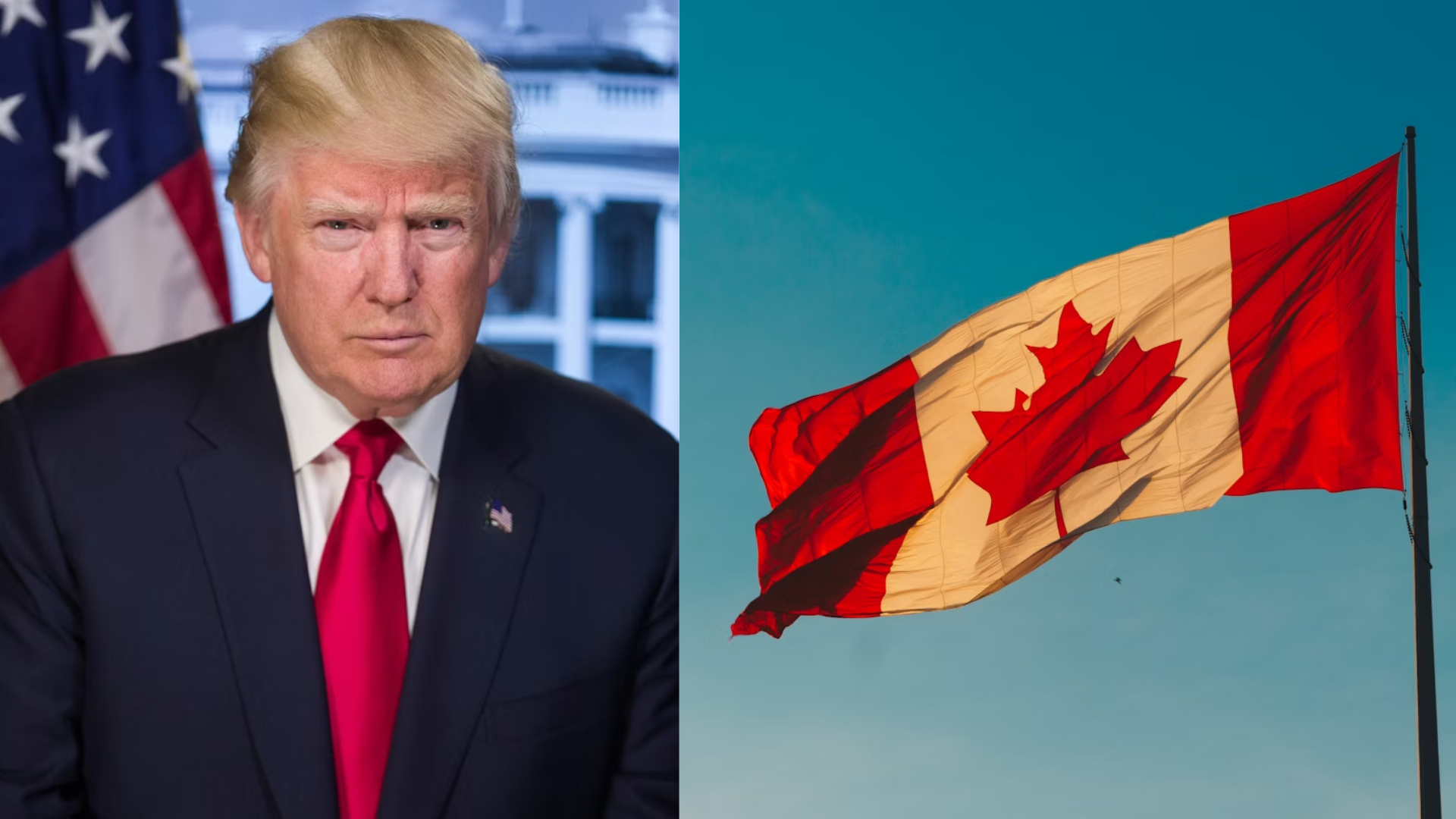Oil prices have fallen back slightly after a surprising 30-day energy ceasefire agreement between the United States and Russia. The deal, which was reached in an effort to de-escalate tensions and stabilize global energy markets, has led to some relief among investors, prompting a temporary ease in crude oil prices.
The US-Russia agreement comes amid rising concerns over global energy supply disruptions, with both countries agreeing to halt any further escalation in energy-related hostilities for the next 30 days. The ceasefire is viewed as a positive step toward ensuring energy stability in the short term, particularly as the world continues to recover from the aftermath of the COVID-19 pandemic and geopolitical conflicts.
Despite the temporary nature of the agreement, the market response has been cautiously optimistic. Crude prices had surged in recent months due to supply uncertainties, largely driven by geopolitical tensions between major oil-producing nations. The recent deal has alleviated some of these concerns, with traders hoping that it could prevent further price spikes in the immediate future.
However, analysts caution that the ceasefire is unlikely to fully resolve underlying issues in the global oil market. Ongoing supply chain disruptions, fluctuating demand, and the long-term effects of sanctions on Russia continue to pose risks to the stability of oil prices. Market participants are waiting to see whether the agreement holds and how it will impact the broader economic landscape.
While oil prices have eased temporarily, some experts believe the downward movement may be short-lived. The agreement may provide short-term relief, but supply and demand imbalances could push prices higher again once the ceasefire ends. Additionally, any signs of resumed tensions or new disruptions could reignite upward pressure on oil prices.
For now, the oil market remains volatile, with investors eyeing the developments of the next 30 days closely. The US-Russia agreement offers some breathing room, but many are skeptical about whether it will lead to long-term stability or simply delay further market challenges.
















